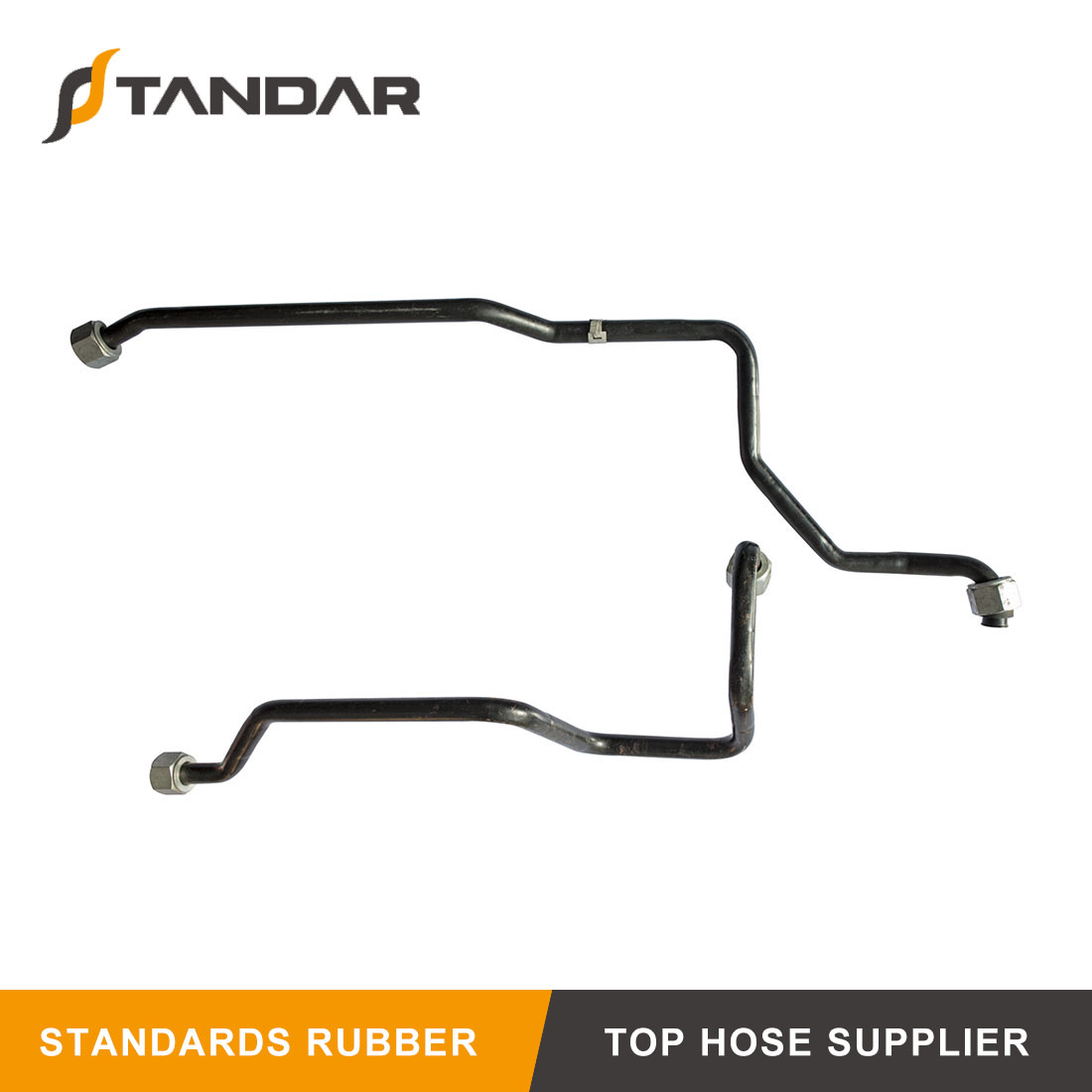- All
- Product Name
- Product Keyword
- Product Model
- Product Summary
- Product Description
- Multi Field Search
Views: 6 Author: Site Editor Publish Time: 2019-07-16 Origin: Site








There are many types of automotive air compressors, and different types of working methods are different. The working principle of the three main types of compressors is as follows:
First, the working principle of piston air compressor
The piston compressor is one of the earliest compressor designs, but it is still the most versatile and highly efficient compressor. The piston compressor moves the piston forward in the cylinder through the connecting rod and the crankshaft. If only one side of the piston is used for compression, it is called single-action. If both the upper and lower sides of the piston are used, it is called double action.
Piston compressors are used in a wide variety of applications. It can compress air or compress gas with almost no changes. Piston compressors are the only design that can compress air and gas to high pressure for applications such as breathing air compressors. Piston compressor configurations can range from single-cylinder configurations for low-pressure/small-capacity applications to multi-stage configurations that can be compressed to very high pressures. In a multi-stage compressor, the air is staged and compressed, increasing the pressure step by step.
Compression ability:
The range of piston compressors ranges from 0.75 kW to 420 kW (1 hp to 563 hp) and produces operating pressures from 1.5 bar to 414 bar (21 to 6004 psi).

Second, the working principle of rotary screw air compressor
The screw air compressor is a positive displacement compressor with a piston in the form of a screw; this is the most common type of compressor used today. The main components of the screw compression element are a convex rotor and a concave rotor, which move close to each other, causing the volume between them and the cavity to gradually decrease. The screw type pressure ratio depends on the length and shape of the screw and the shape of the exhaust port. The screw element is not equipped with any valves and there is no mechanical force that creates an imbalance. Therefore, it can work at a high shaft speed, and it can take care of both large flow and small external dimensions.
Compression ability:
The rotary screw compressor range has a power range of 4 kW to 250 kW (5 to 535 hp) and produces operating pressures from 5 bar to 13 bar (72 to 188 psi).
Third, the working principle of rotary vane air compressor
The vane compressors are driven directly at very low speeds (1450 rpm) using traditional, proven technology for unmatched reliability. The rotor is the only continuously operating component with a number of slots cut along the length with a slide that slides over the oil film.
The rotor rotates in the stator of the cylinder. During the rotation, the centrifugal force pulls the slide out of the groove to form a separate compression chamber. The rotation causes the volume of the compression chamber to continuously decrease, and the air pressure is continuously increased.
The heat generated by the compression is controlled by injecting pressurized oil.
High pressure air is exhausted from the exhaust port where residual oil is removed by the final oil separator.
Compression ability:
The vane air compressors range in power from 1.1 kW to 75 kW (1.5 to 100 hp) and produce operating pressures of 7 to 8 and 10 bar (101 to 145 psi).